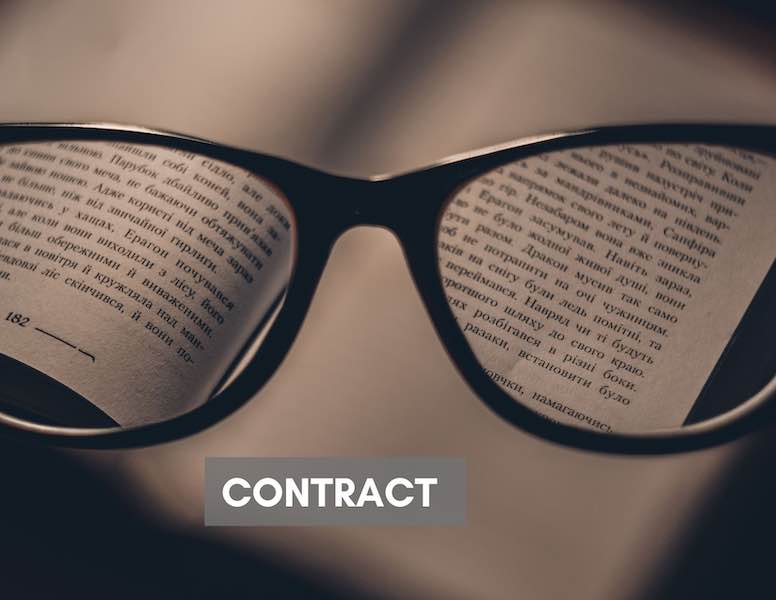Protection of Parties in the Transfer of Goods
by Aqila Zulaiqha Zulkifli ~ 1 November 2021
The law in relation to a contract for the sale of goods is governed by the Sale of Goods Act 1957 (the “Act”). Essentially, the Act protects buyers who have entered into a contract of sale by providing remedies for the buyers when there is a breach of contract by the seller.
It is of the utmost importance for a buyer to understand when goods are deemed to be passed from the seller to the buyer to ensure that (1) the buyer does not accidentally become liable for goods that they do not want; and (2) to ensure that the buyer is able to take the necessary steps to ascertain and/or appropriate the goods if necessary. It is equally important for a seller to ensure that his interests are protected even after the goods have been transferred to the buyer, until payment has been made to the seller.
The transfer of property from the seller to the buyer depends on the type of goods.
A. 1st Category: Specific and Ascertained Goods
Specific and ascertained goods are goods that have been identified i.e sale of a specific book or jewelry.
Section 19 of the Act provides that for this category of goods, the property is transferred to the buyer at the time that parties to the contract intend for it to be transferred, unless the sale is conditional. It means that if the buyer intends for certain acts to be executed before the property is passed from the seller to the buyer, the buyer must make the transfer conditional upon the performance of his wishes. In this circumstance, the property can only be transferred when the condition is fulfilled.
B. 2nd Category: Unascertained Goods
Examples of these goods are goods to be manufactured or grown by the seller (future goods), generic goods or an unidentified portion of goods of a specified bulk or whole. No property can pass to the buyer until the goods are ascertained.
Goods are not ascertained where part of a larger quantity is sold, until a specific portion is allocated to the contract, for instance, via physical segregation of the goods. An example is in the case of RBG Resources PLC (In Liquidation) v Banque Cantonale Vaudoiseand Others. The buyer in the case was able to claim for one drum of metals purchased as there was clear appropriation and failed to claim the rest where appropriation was not proven.
As such, a buyer must take action to ensure that goods are ascertained or appropriated sufficiently, for the goods to be deemed to have passed from the seller to the buyer.
C. 3rd Category: Goods sent on approval or “on sale or return”
This is where a person received the goods with the option of becoming the owner. The property is deemed to have passed to the buyer when the buyer signifies his approval or acceptance or adoption of the transaction. For instance, where the seller has delivered jewelry on a ‘sale or return’ basis to the buyer, and the buyer has pledged the same, the seller could not then recover the goods. The act of the buyer pledging the jewelry is deemed to be an act ‘performing the transaction’, and as such, the property is deemed to have passed to the buyer.
Therefore, it is important for a buyer to reject the goods if the buyer does not intend to be liable for it.
A seller may include a Romalpa clause in an agreement for the sale of goods to protect hisinterests. It is an agreement between the parties of a contract for the sale of goods, that the ownership will only transfer from the seller to the buyer once the buyer has met all hisobligations under the contract.
The effect of a Romalpa clause is that the buyer becomes a trustee or fiduciary of the goods for the seller, entitling the seller to trace the goods to third parties whom the buyer may have transferred the goods to. A Romalpa clause will permit the seller to retain proprietary interest in the goods, or a beneficial interest in the proceeds of the sale, against third parties and any liquidator or subsequent creditor.
It is important for parties to understand when the goods are deemed to have been passed from the seller to the buyer, as it will determine the liabilities of the parties, especially if steps need to be taken to ascertain and/or appropriate the goods. This will protect the rights of parties and provide a clear demarcation of their liabilities.

